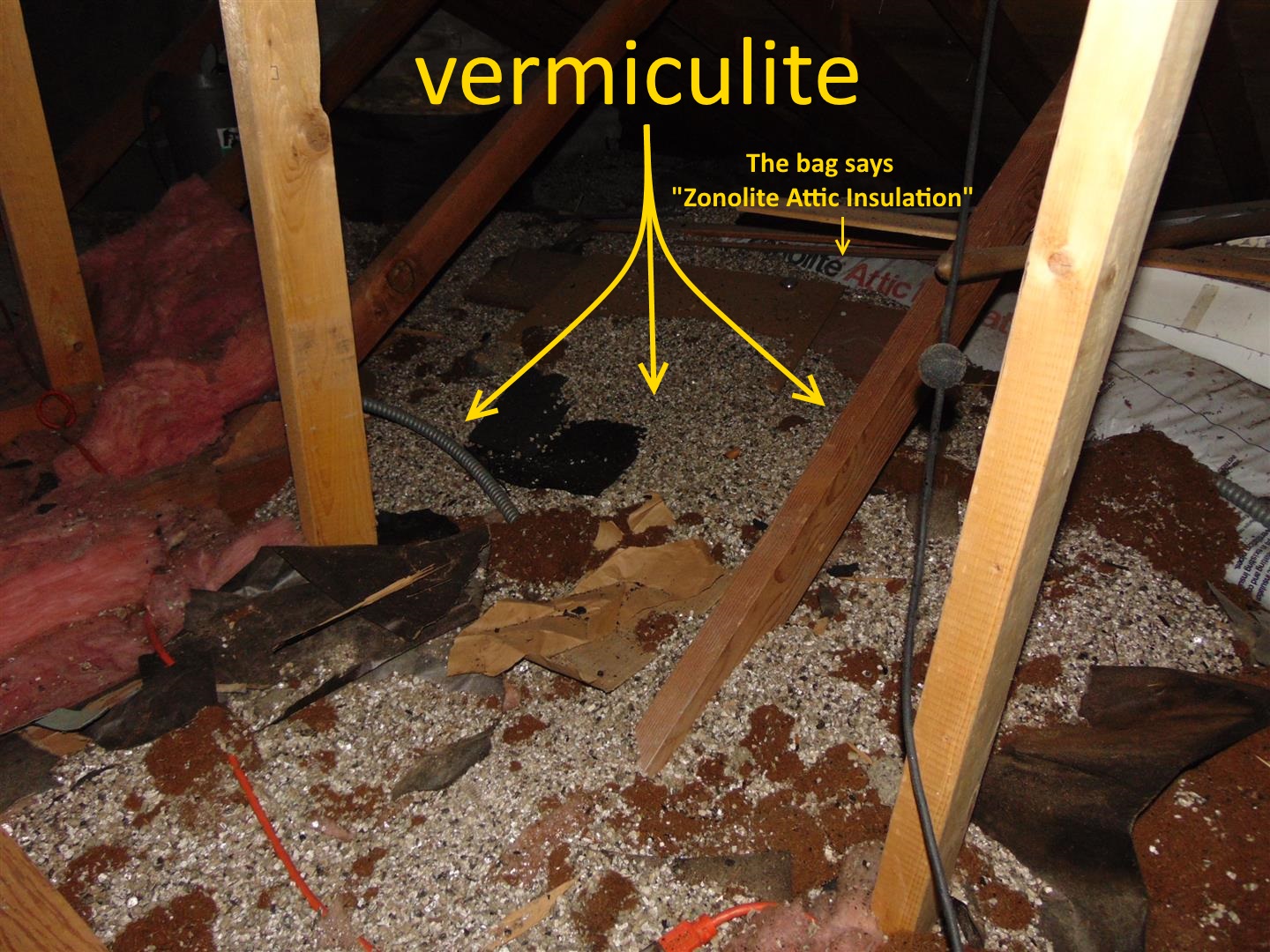The higher the r value the better the thermal performance of the insulation.
Do i need sidewall insulation in attic.
In particularly cold climates you might go up to r 60.
This is the number of bags of green fiber cellulose insulation you need for your walls.
Both can be added to uninsulated attics or layered over existing material.
There are many types to choose from including blown in cellulose batt such as fiberglass mineral wool or cotton.
Loose fill or batt the common term for blanket insulation.
You should deduct for these areas blowing side walls.
In general an attic s r value should be between r 30 and r 49.
Your attic should have a certain amount of insulation in it and the recommended level of insulation for your attic is dependent on where you live.
R value is a measure of insulation s ability to resist heat traveling through it.
First things first you need to go up into your attic inspect the condition of the insulation and calculate the current level of insulation.
We offer our review of the three most popular types of attic insulation with a look at each one s pros and cons.
Today s insulation products are manufactured to fit in both 2 x 4 and 2 x 6 construction.
Divide the side wall square footage by the coverage per bag as indicated by the sidewall coverage chart.
Insulation level are specified by r value.
Lay the batts across the ceiling joists covering the existing insulation.
After confirming that your attic is air sealed you need to select insulation.
In this video this old house general contractor tom silva and host kevin o connor explain how to insulate an attic.
Standard sidewall widths of both 15 and 23 are available.
Once you ve decided which type is best for you examine the material options and prices to home in on the right product.
Blown in spray foam batts and blankets.
Handy homeowners can install blown in insulation in the attic.
Inspecting your attic insulation.
The table below shows what levels of insulation are cost effective for different climates and locations in the home.
Blowing insulation into walls is best left to the pros because it involves drilling into stud spaces that may contain electrical.
16 and 24 widths are available for steel stud construction in many parts of the country building codes today call for insulation levels of r 19 or higher in sidewall assemblies.
Your options for attic insulation range from radiant barriers to sheets of mineral wool but most homeowners stick with products made from cellulose or fiberglass.
Your home s r value score will guide you toward the type of insulation you need.

